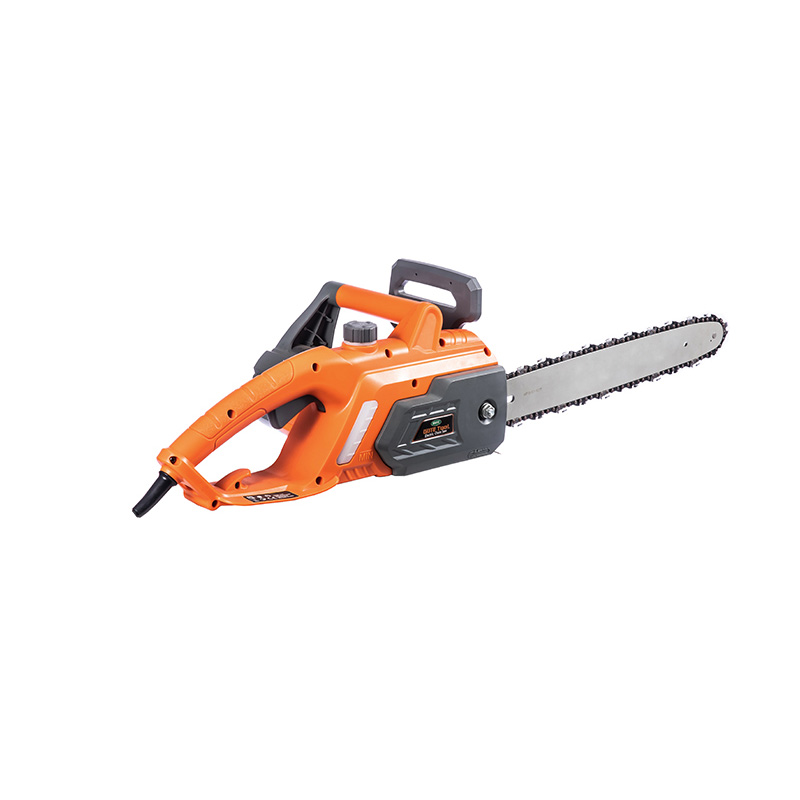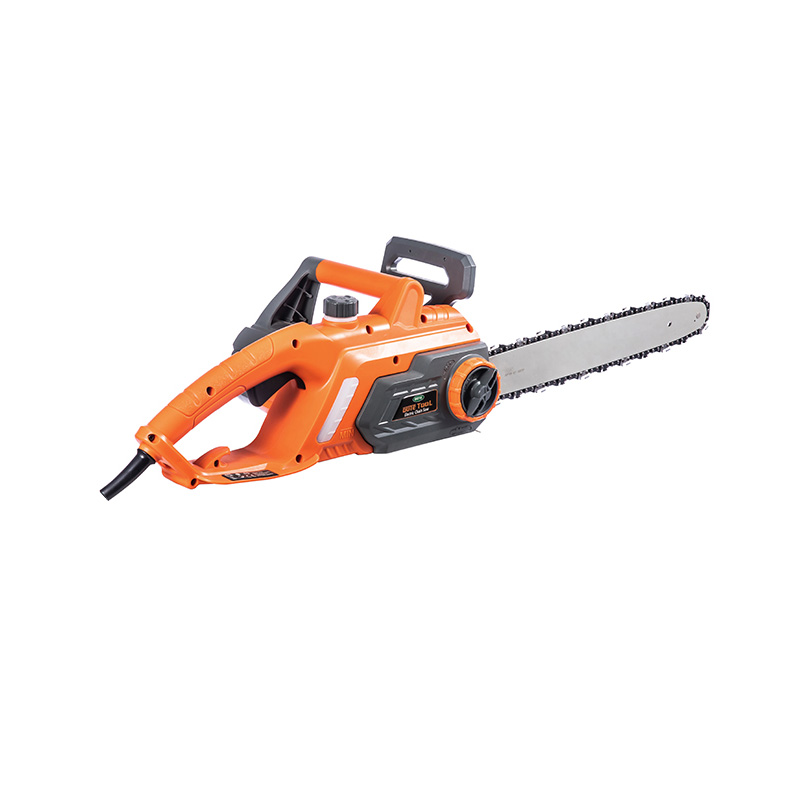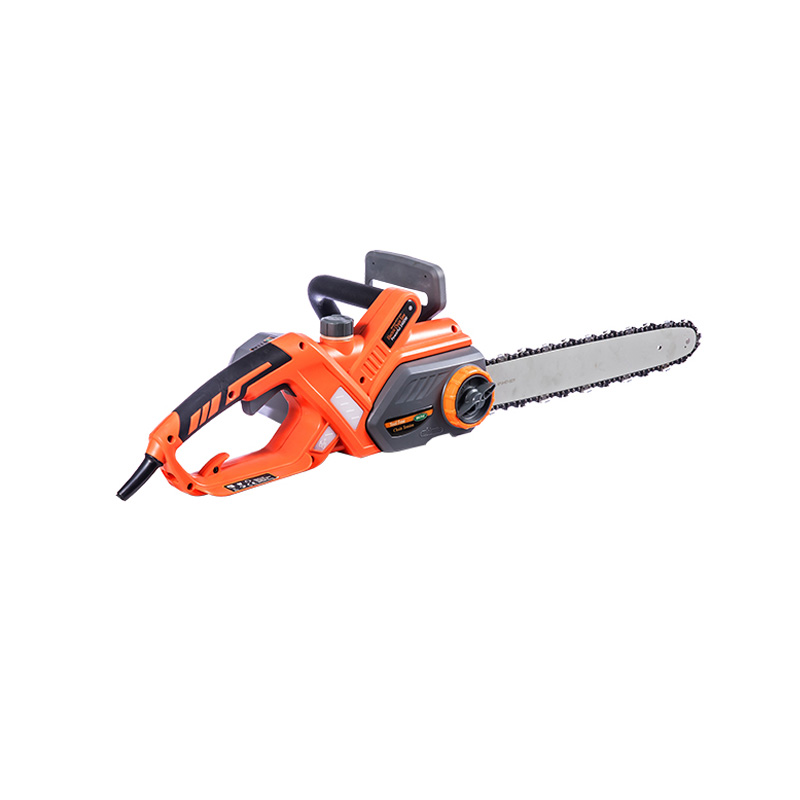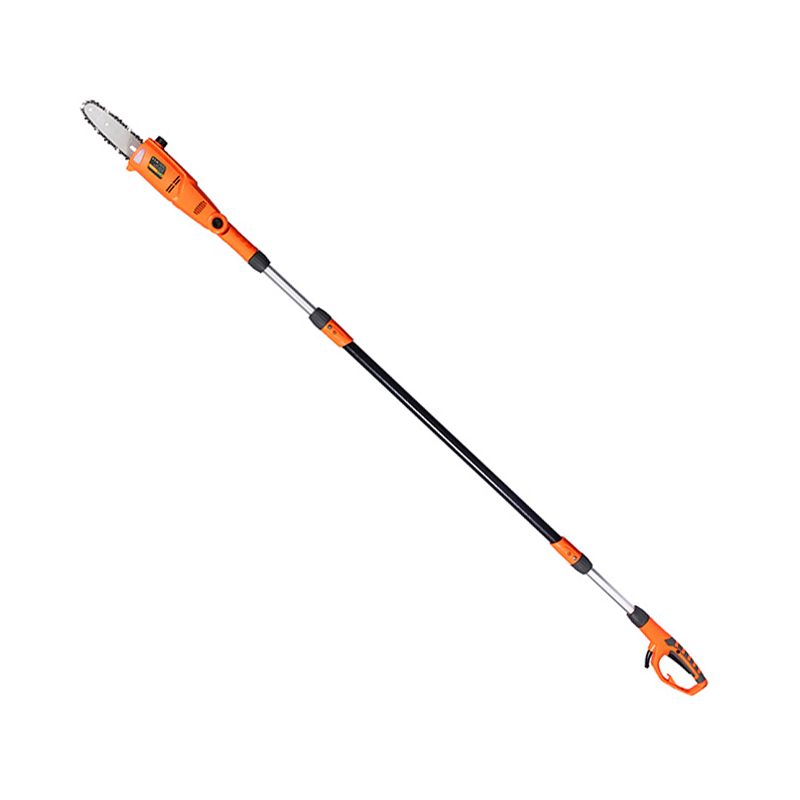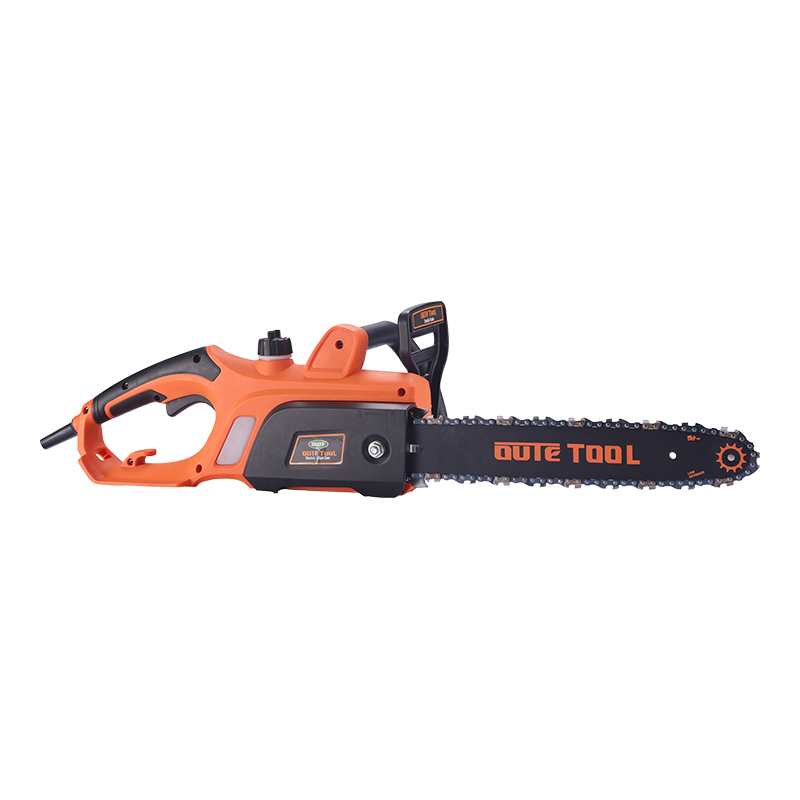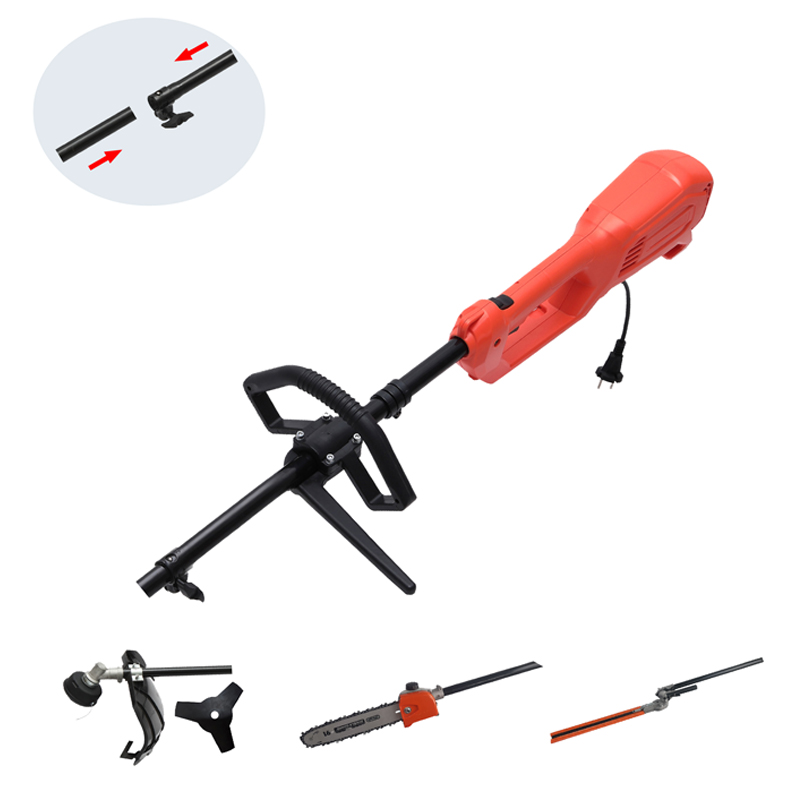In the chainsaw industry, power alone doesn’t cut it—literally. Even the powerful chainsaw needs the right components to achieve peak performance. One often-overlooked factor is the chain gauge, specifically the difference between 0.043-inch and 0.050-inch chains. These subtle differences can significantly impact cutting efficiency, chain durability, and long-term maintenance costs.
For decades, 0.050" has been the standard across North America. It’s known for its ruggedness and stability, especially when used with gas-powered chainsaws designed for felling and bucking. Arborist Luke Henderson, who manages forest thinning operations in Oregon, says, “We run 0.050” al exclusively. You can’t afford chain flex or premature wear when you’re cutting 30-inch Douglas fir all day. With a powerful chainsaw, every second counts.”
But in the last five years, the 0.043” gauge has seen growing adoption, particularly in the battery-powered segment. This narrower chain allows for smoother, faster cuts with lower resistance. It’s a key feature in many lightweight, high-RPM, powerful chainsaw models made for pruning or urban forestry work.
Real-World Comparison: Speed vs. Strength
A controlled test conducted by Timber Tools Co. in early 2024 compared two identical 40cc Powerful Chainsaws, one fitted with a 0.043" bar and chain and the other with a 0.050" setup. The task: cut through twenty 10-inch diameter pine logs.
The 0.043” setup completed the job 12% faster due to reduced kerf drag.
However, the chain required sharpening after just 14 logs, while the 0.050” chain retained its edge for all 20 cuts.
On knotty or frozen wood, the thinner chain showed more lateral movement, reducing cut precision.
Their conclusion? The 0.043” setup is ideal for quick, clean cuts in softwoods or dry limbs, especially when paired with a modern battery-powered chainsaw. But when it comes to hardwood, dirty bark, or heavy-duty logging, the 0.050” gauge still rules.
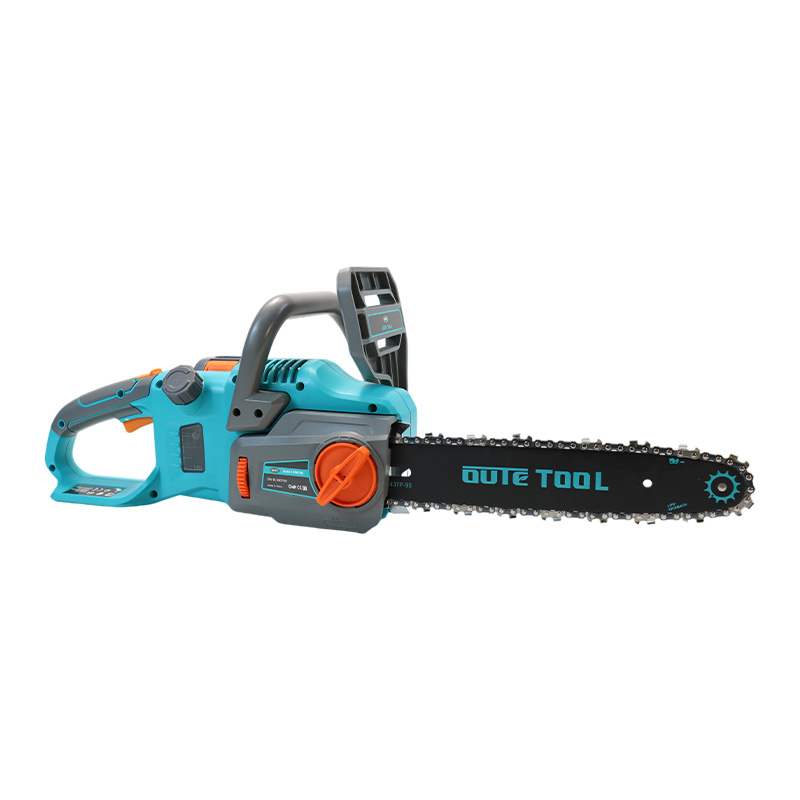
Who’s Using What in 2025?
Today, many landscaping crews prefer 0.043” for their pole saws and top-handle powerful chainsaws. “We use the Husqvarna T535i XP with the 0.043 chain—it’s light, nimble, and for 8-hour tree care shifts,” says Jade Lin, an arborist in California. “Battery tools have come a long way. A powerful chainsaw doesn’t need to be heavy to get the job done.”
On the other hand, firewood processors and storm cleanup contractors stick with 0.050” chains. “After a storm, we’re clearing thick limbs and debris fast,” notes Brian Torres, a cleanup contractor in Florida. “We don’t have time to swap chains every hour. A powerful chainsaw with a 0.050 bar can take abuse and keep running.”
Choosing the right chain gauge is not just a technical decision—it’s about matching your powerful chainsaw to the real demands of your work. For precision, speed, and reduced fatigue, the 0.043" chain offers clear advantages in light to medium-duty jobs. But when durability, power transfer, and long-term reliability are non-negotiable, the 0.050" gauge stands tall.
As electric and gas-powered chainsaws continue to evolve in 2025, professionals are no longer asking which chain is “better”—they’re asking which chain is right. And that, ultimately, depends on the wood, the workload, and the worker behind the saw.
